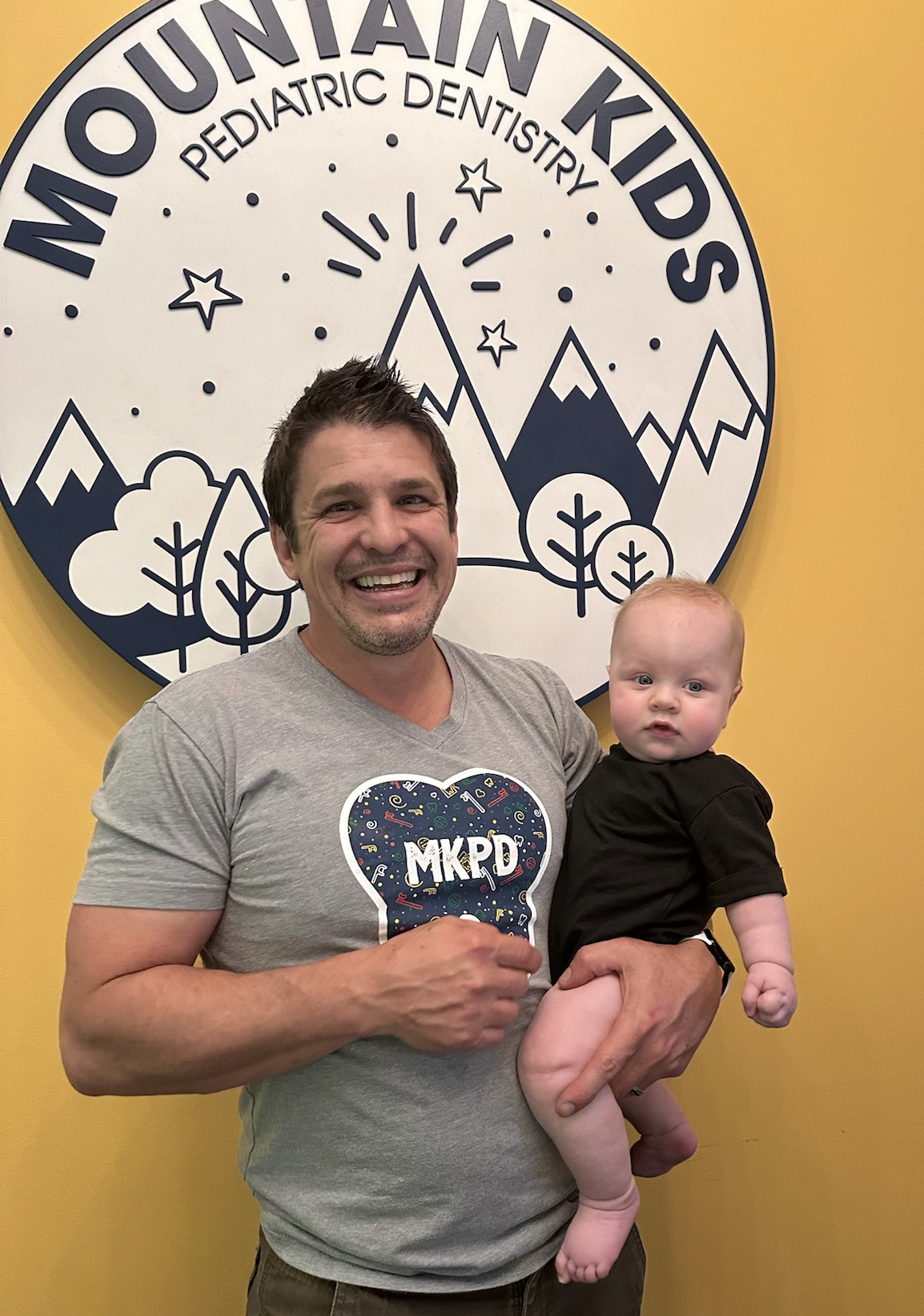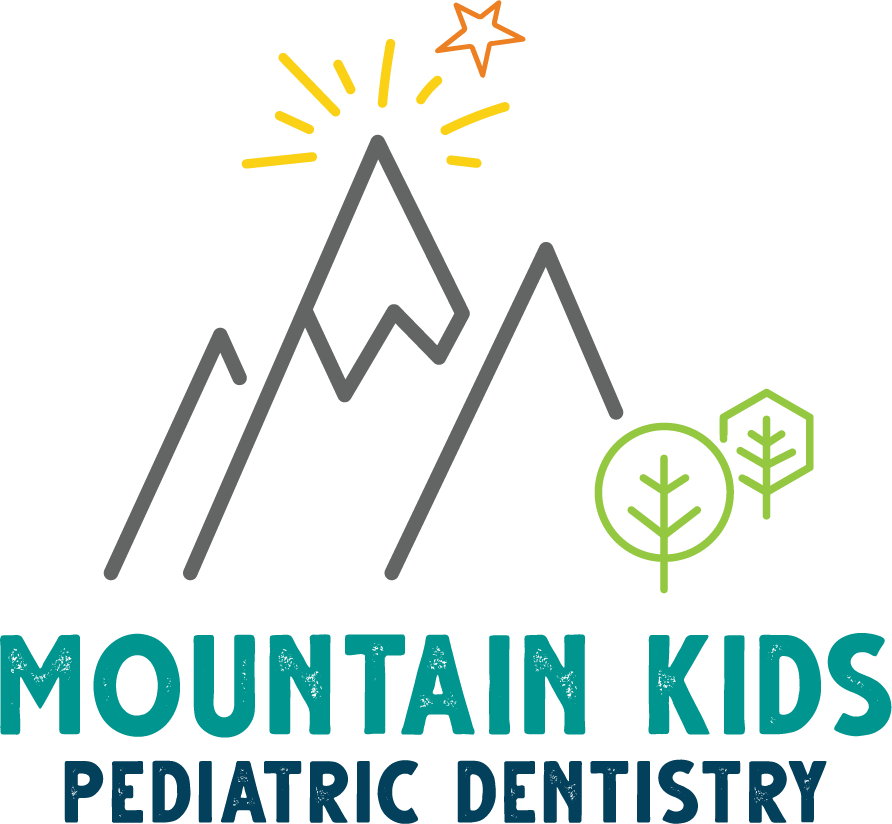Routine Dental Care
We typically see children every 6 months for routine care appointments. However, since every child is unique, we will work with you to customize their care plan to meet their individual needs to maintain a healthy smile.
Exam
You and your child will be seen by one of our dentists – either Dr. Joe Guido, Dr. Katie Rusnak, Dr. Shivaun McArtor, or Dr. Ihsan Larsen. During the exam, the dentist will take a peek at your child’s teeth to assess if there are any cavities, check tooth alignment, gum health and jaw development. If x-rays were taken, they will also discuss the results of the x-rays with you. The dentist will have an open and collaborative conversation with you where they will address any questions & concerns you (or your child) may have, provide recommendations for your child, and discuss any findings. From there, they will create a custom plan for your child moving forward. We believe no two children are the same, so they will make recommendations based on your child and with the knowledge that you know your child best.


Cleaning
One of our dental assistants will be with your child through their appointment including during the cleaning. Depending on your child’s age, their cleaning may look different. We have a wide array of tools available to ensure your child is comfortable during their cleaning appointment. Small children will typically be cleaned using a toothbrush and floss. We will give you any advice we have to ensure your child’s smile is getting clean, even at home. For small children, you’ll have the option to do their appointment from the comfort of your lap vs in the dental chair. For more information on infant & toddler first visits visit our first visit page. Older children will receive a cleaning using the same tools you’re used to seeing at an adult dentist. But don’t worry, we have plenty of techniques to make this fun for your child.
Fluoride Varnish
Children over the age of 1 have the option to receive a fluoride treatment during their appointment. The American Academy of Pediatric Dentistry (APPD) recommends fluoride treatments every 6 months.
What is it? Fluoride varnish is a preventative treatment that can be performed in effort to prevent, slow down, or stop tooth decay. Fluoride varnish is made with fluoride which is a mineral that can strengthen the outer coating on your teeth (called tooth enamel).
Is it safe? Yes, fluoride varnish is safe and is commonly used by both doctors & dentists around the globe to effectively prevent tooth decay in kids. This type of fluoride adheres to the tooth unlike other types of fluoride. This means a very minimal amount is ever swallowed by the child.
How is it applied? Like its name, we use it to varnish or paint the exterior of the teeth. We cover the biting surface and front of your child’s teeth with the fluoride varnish using a tiny brush. The varnish is sticky when applied, but immediately hardens and adheres to the teeth when it comes into contact with saliva. It will feel hard when your child touches it with their tongue after it’s applied.
What do we do after the fluoride varnish is applied? In order for the fluoride to have time to be effective, your child will need to avoid eating & drinking immediately after the varnish has been applied. We recommend waiting until you’re back home after the appointment to eat (so just skip any snacks or drinks in the car after the appointment). If your appointment was in the afternoon – they get a free pass to skip brushing & flossing that night. If your appointment was in the morning, you’ll want to brush & floss like normal that evening.
Pediatric Digital Dental X-Rays
Digital dental X-rays are an important part of your child’s routine exam, serving both preventive and diagnostic purposes. They help our dentists detect hidden issues that may not be visible during a regular checkup. Learn more about Pediatric dental x-rays.
